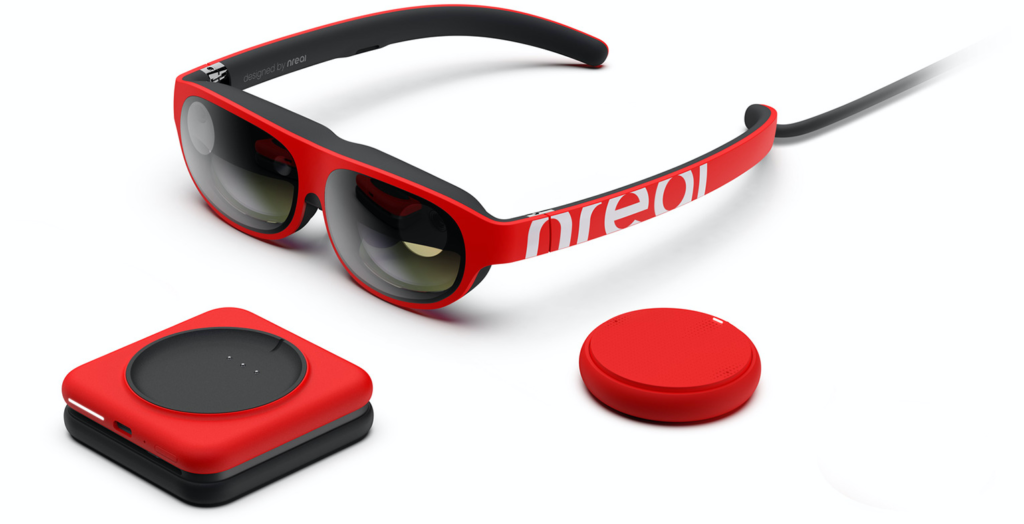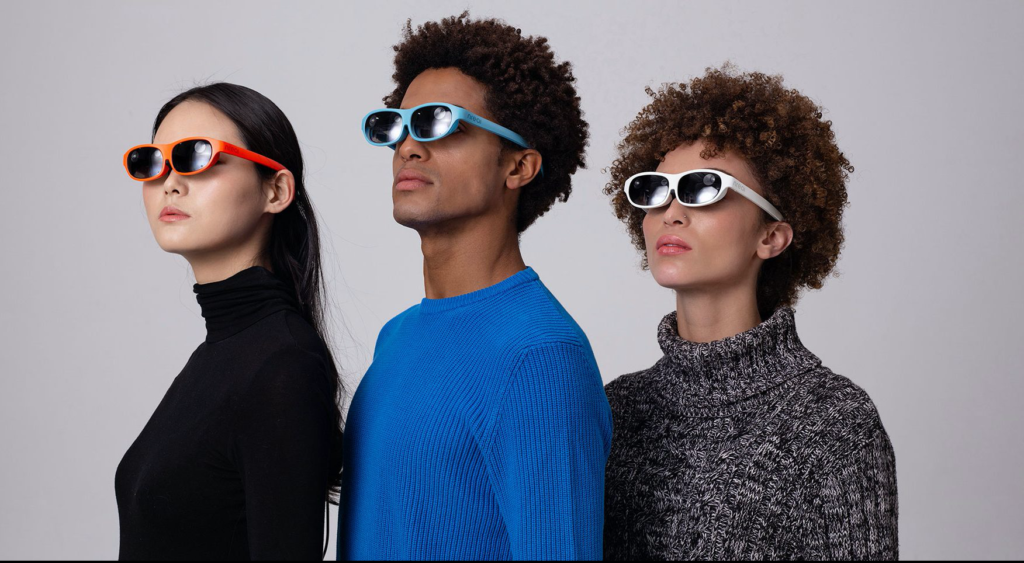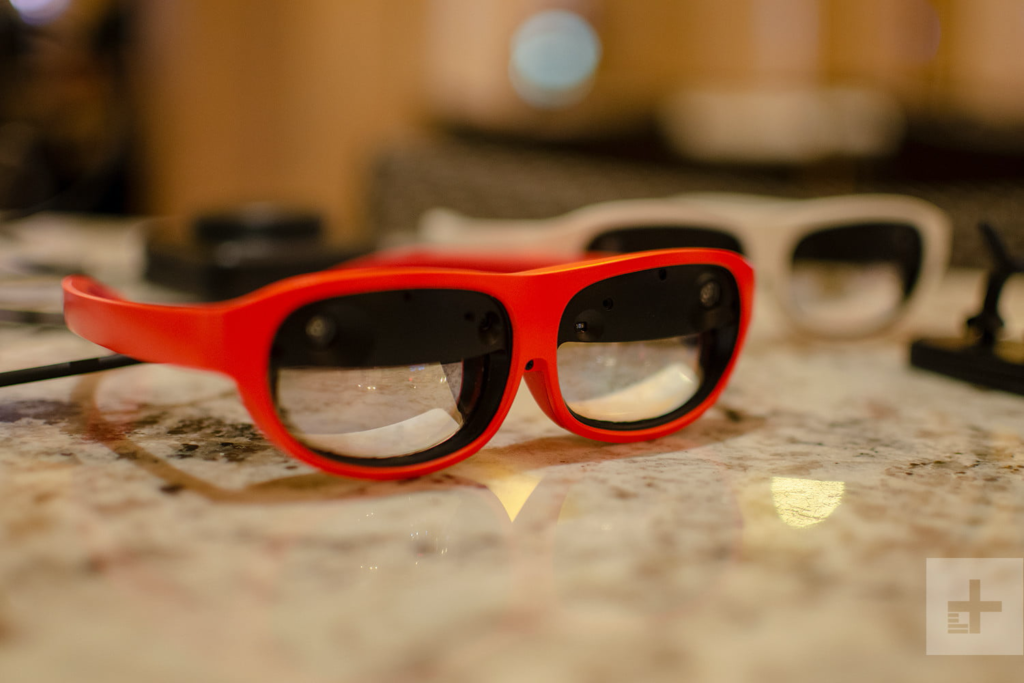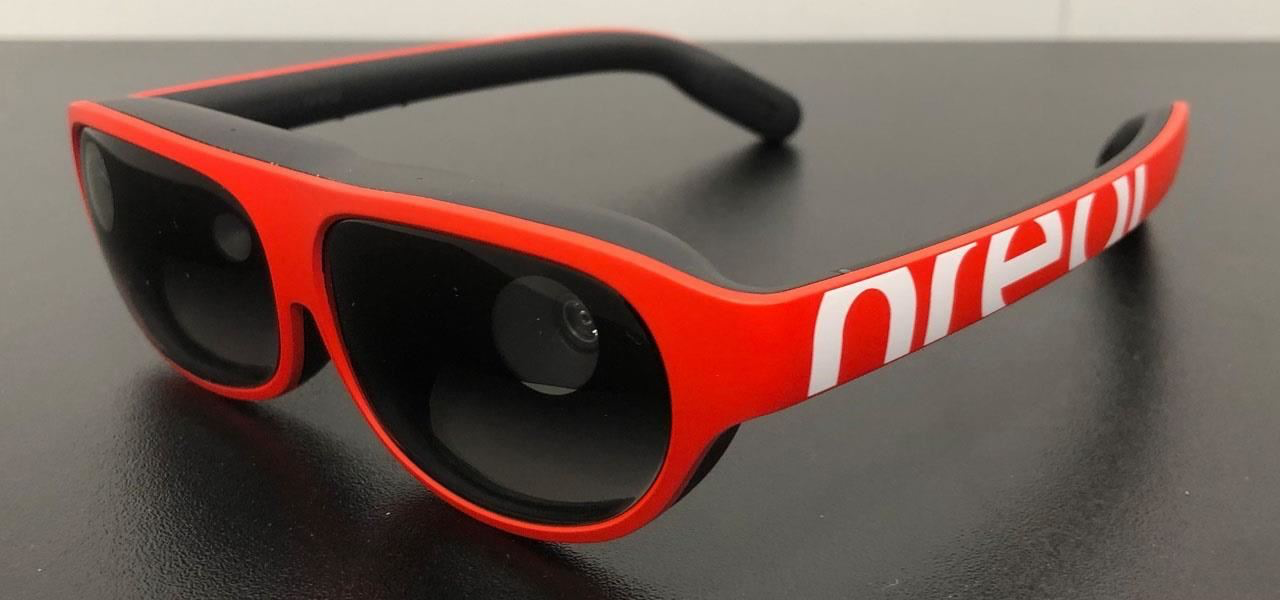Nreal has been making splashes all throughout the year of 2019, and they have finally gotten to the point of releasing their hardware to the public. In their latest developer version of the AR headset, it looks far less like a helmet with glasses and much more like a futuristic pair of smart glasses. Something everyone has been wanting for years, but not one single company has been able to give the consumers what they are looking for.

Nreal has taken center stage with AR. Their developer kit and glasses are now available for pre-order with a price tag of $1,200. As for the Enterprise Edition, that is also available for pre-order now for a price of $2,000. This specific set is meant to help companies design inside of AR. The developer version, which has yet to be released for pre-order, is planning on making its own debut out in early 2020.
The headset that is going to be featured in each of these bundle deals is the Nreal Light. The headset itself is one of the lightest on the market, weighing in at a full 88g. The biggest reason this weight is so little is because of where the computing happens for the headset. Instead of trying to run everything inside of the headset/glasses itself, it has offloaded all of that to a dedicated Android device that will be running with a Snapdragon 845 chipset. Much like the competitors that it will be against, the Nreal Light has 6DoF tracking that is inside-out. Unlike the competing headsets though, this headset will be featuring a 52° diagonal field of view, something very few people have found for AR headsets.
Another great feature of the Nreal Light is the ‘birdpath’ optical design. This projects the images of what you are seeing from two 1080p microdisplays. Not only is this top of the line display, but it also is the newest way to project the image for AR users. Both the Hololens and the Magic Leap One use waveguides for their near-eye imaging and displays.

As for the computing, the Developer Version and the Enterprise Edition are going to be using the dedicated Computing Unity. The consumer version is going to be a bit different, as they will be forced to connect their new AR headset to their mobile device via the USB-C cable that is shipped to them. It will be interesting to see how the compatibility plays out going down the road, as some of the most popular and owned phones in the world don’t possess a USB-C port. We know adapters are easy to get, but will that hinder the connection? We will have to wait and see.

As mentioned above, the developer and enterprise versions of this headset are ready to be bought today. The shipping will begin in a month, and that is something you can likely count on being true. As for the difference between the enterprise and developer versions, it isn’t that clear right now. The enterprise notes that it will include a 1-year service plan, but it doesn’t say what that entails. We are certain that they will be adding features to it before shipping, but as of now, those are unclear.
Augmented reality is the future of digital assistants, and as of right now, it seems like the Nreal Light is going to be taking center stage for the time being. Until a bigger company can make a sleeker design without an outside computing device, the Nreal Light is going to stay on top of the market, especially with its relatively cheap consumer version.






























